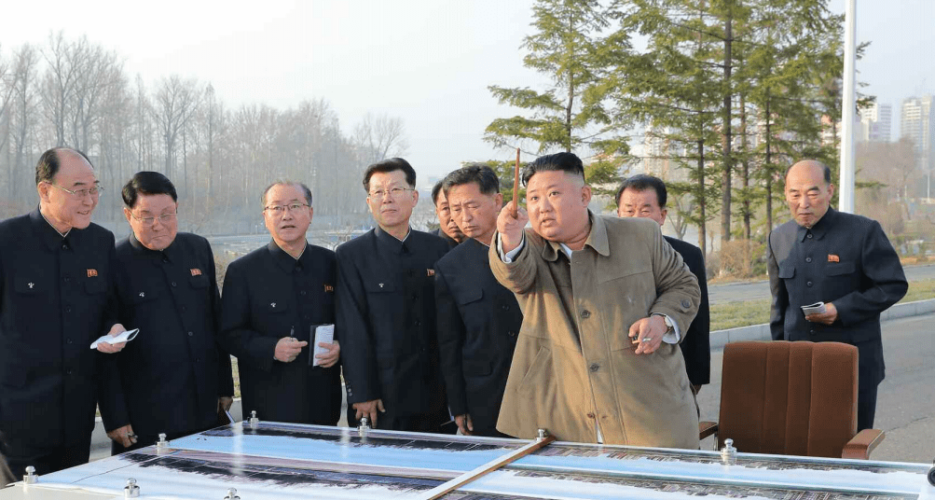While North Korea’s nuclear scientists were hard at work, carefully pushing the limits at the Yongbyon research facility, the Bush administration was twisting intelligence reports and finding non-existent weapons in Iraq as a pretext for invasion, war and regime change.
The nuclear scientist Siegfried Hecker gives this account of Bush-era policy in his new book “Hinge Points: An Inside Look at North Korea’s Nuclear Program,” which takes a hard look at Washington’s approach to the DPRK over the years and finds that it has often been to the detriment of U.S. security. Rational decision-making, he argues, has been ignored in favor of politics.
While North Korea’s nuclear scientists were hard at work, carefully pushing the limits at the Yongbyon research facility, the Bush administration was twisting intelligence reports and finding non-existent weapons in Iraq as a pretext for invasion, war and regime change.
The nuclear scientist Siegfried Hecker gives this account of Bush-era policy in his new book “Hinge Points: An Inside Look at North Korea’s Nuclear Program,” which takes a hard look at Washington’s approach to the DPRK over the years and finds that it has often been to the detriment of U.S. security. Rational decision-making, he argues, has been ignored in favor of politics.
Become a member for less
than $5.75 per week.
Unlimited access to all of NK News: reporting, investigations, analysis
The NK News Daily Update, an email newsletter to keep you in the loop
Searchable archive of all content, photo galleries, special columns
Contact NK News reporters with tips or requests for reporting
Get unlimited access to all NK News content, including original reporting, investigations, and analyses by our team of DPRK experts.
Subscribe now
All major cards accepted. No commitments – you can cancel any time.













